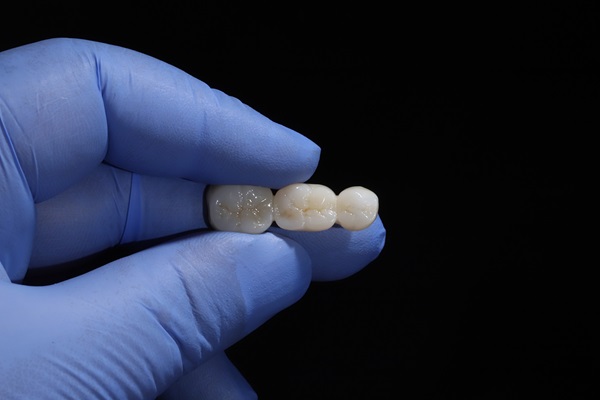The Dental Bridge Procedure: A Step-By-Step Guide

A dental bridge might be the right treatment if you have lost one or more teeth and want to enhance your oral health and self-esteem. The dental bridge can restore your smile’s appearance and allow you to chew normally once more. If you are considering this treatment, this article outlines all the steps involved so you know what to expect.
A guide to getting a dental bridge
The first step of the dental bridge procedure is a consultation with a dentist. During the first visit, the dentist will examine the patient’s gums and teeth, address their concerns, and check if a dental bridge is the most suitable option. They will check the patient’s entire dental history and any existing oral health issues before installing a bridge.
If the dental bridge is a good match, the dentist will develop a tailored treatment plan. The plan will outline the kind of bridge, the materials, and the timeframe for the process.
Preparing the abutment teeth
The adjacent teeth form the base of dental bridges. They are called abutment teeth. The dentist will remove some enamel from each of these teeth. This allows the attachment of dental crowns to the abutment teeth to hold the bridge in place.
Once the adjacent teeth are ready, the dentist will take molds or impressions of the teeth. The molds ensure the dental bridge fits the patient snugly. While the dental restoration is being made in the lab, the dentist may give provide a temporary bridge to protect adjacent teeth and restore the smile’s appearance. The color, size, and shape of the final bridge will match the remaining teeth to give a natural look.
Installing the dental bridge
When the permanent bridge is completed, patients will visit the dentist for fitting. The dentist will examine the bridge to see that it fits and is properly aligned. They will make any necessary changes for a practical and comfortable outcome. Once the bridge is fitted and looks good, the dentist will cement it in place over the abutment teeth using dental cement. Once the bridge is set in cement, the dentist will do a final examination to ensure it is comfortable and works properly. They will check that the bite aligns correctly.
Aftercare guide
The dentist will offer recommendations on how to care for the dental bridge following the procedure for its longevity and health. Patients will learn proper oral hygiene and be reminded to attend regular dental appointments to keep the bridge in good condition.
Finally, patients can smile again because of the new dental bridge. Improving one’s smile appearance may also help one feel more confident when eating and speaking. It will also keep the teeth properly aligned and prevent future oral health issues.
In summary
Getting a dental bridge is a meticulous process requiring your dentist to plan, prepare, and perform the work carefully. From your first appointment to the installation and post-treatment care, each stage is crucial for the success of your dental bridge. If you have missing teeth and are exploring restoration options, you should book a consultation appointment with our dental office today.
Request an appointment here: https://www.dentistofsantamonica.com or call Cosmetic Dental Care of Santa Monica at (310) 570-2011 for an appointment in our Santa Monica office.
Check out what others are saying about our dental services on Yelp: Dental Bridges in Santa Monica, CA.
Related Posts
A broken dental crown is often a sudden issue. Dental crowns are permanent dental restorations. A crown may dislodge because of an injury, an accident, wear, or even old age. The dentist will determine if your crown needs repairs or a replacement. If you want to know what the dentist does to repair or replace…
Think you may need a dental crown? Read on to learn more about this dental restoration. Teeth are the strongest part of our bodies; however, they are also easily harmed by day-to-day activities like drinking and eating. When teeth are damaged or decayed, dental crowns serve as caps or covers to restore their shape, strength,…
In most cases, the process of fitting dental crowns takes multiple sessions in the dentist’s chair. This implies an investment of time, effort, and money on your part. It then follows that you want the best out of your investment. So how do you keep the dental crowns in your mouth in excellent condition for…
Dental crowns are often costly and require that a dentist remove a significant amount of the tooth's structure to place them. Read on to learn about dental crown alternatives. Other treatment alternatives are sometimes available that are either less expensive or significantly less invasive. Dental crowns are frequently used to restore severely damaged teeth.The following…
